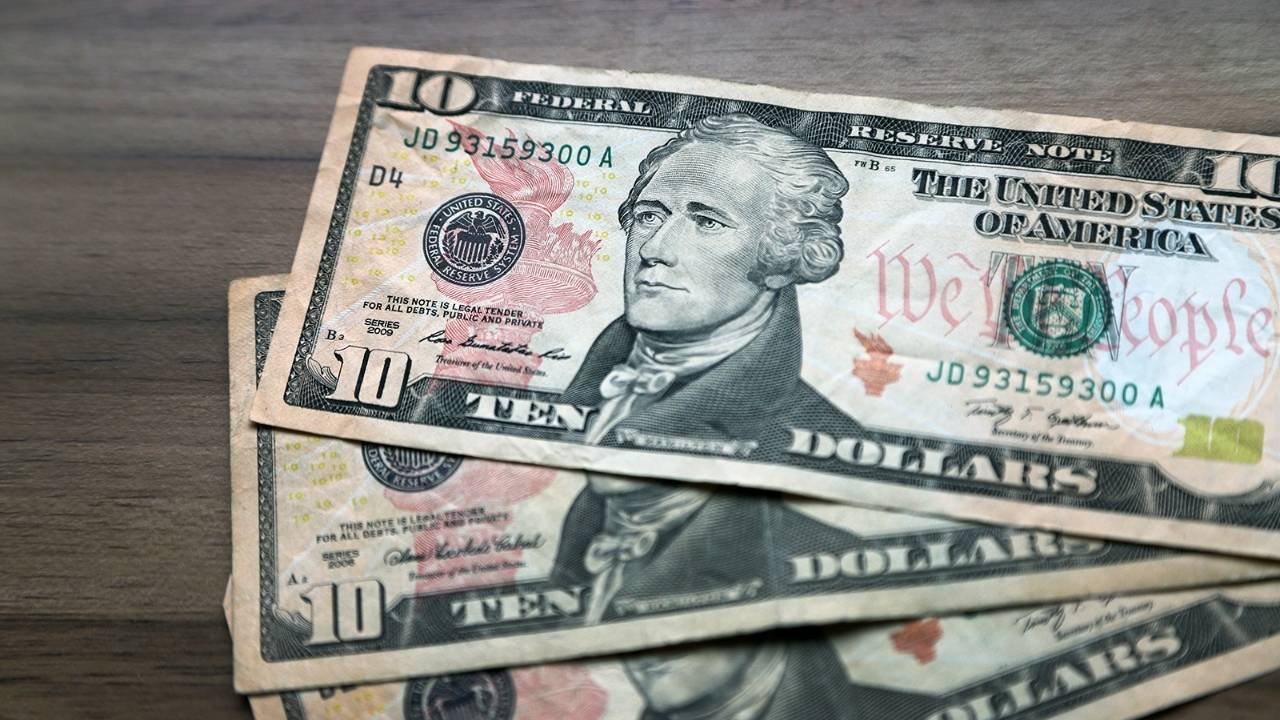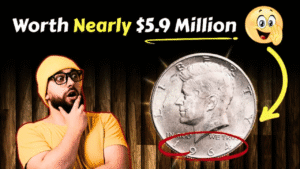Have you ever glanced at a $10 bill and wondered if it’s worth more than a quick coffee run? Most $10 bills are just pocket change, but some rare ones could be hiding in your wallet, potentially worth millions! With the right features, that crumpled note could make you a fortune at auction. Let’s dive into the exciting world of rare currency and uncover what makes a $10 bill a collector’s treasure.
Why Rare $10 Bills Are So Valuable
Currency collecting is a thrilling hobby where enthusiasts hunt for bills with unique quirks or historical value. While most $10 bills are worth their face value, certain ones with special traits—like printing errors or unique serial numbers—can fetch jaw-dropping prices. Some have sold for $500,000 or even $3 million, according to numismatic experts. So, before you spend that bill, let’s explore the features that could turn it into a goldmine.
Key Features That Make Your $10 Bill Rare
Not every $10 bill is a winner, but specific characteristics can skyrocket its value. Here’s what to check for:
1. Unique Serial Numbers
The serial number, printed in green ink on the bill’s front, is a collector’s first stop. Certain patterns make a bill stand out. Here’s what to look for:
- Low or High Serial Numbers: Numbers like “00000001” or “99999999” are rare and can be worth thousands.
- Solid Serial Numbers: A number like “88888888” (all the same digit) is incredibly scarce, often fetching $10,000 or more.
- Ladder Serial Numbers: Sequential digits like “12345678” or “87654321” can be valued at $5,000 or higher.
- Repeating Patterns: Numbers like “12121212” are collectible and could be worth hundreds or thousands.
How to Check: Examine the serial number closely. Compare it to these patterns to spot a potential gem.
2. Printing Errors
Mistakes during the printing process can turn a $10 bill into a one-of-a-kind treasure. These errors are rare because the U.S. Bureau of Engraving and Printing catches most mistakes, but some slip through. Look for:
- Misaligned Prints: If the portrait, serial number, or Treasury seal is off-center, the bill could be worth hundreds or thousands.
- Ink Smears or Overprints: Excess ink or smudged designs are unique. A $10 bill with a dramatic ink smear sold for $2,000 in 2023.
- Missing Elements: Bills missing a seal, serial number, or part of the design are extremely rare and can fetch tens of thousands.
How to Check: Hold the bill up to light. Look for irregularities in alignment, ink, or missing features compared to a standard $10 bill.
3. Star Notes
Star notes are replacement bills issued for defective ones, marked with a star (*) at the end of the serial number. These are rarer than regular bills. While most star notes have a modest premium, those with unique serial numbers or from limited runs can be worth thousands. For example, a 1934 $10 star note with a low serial number sold for $50,000 in 2024.
4. Older Series and Historical Value
Bills from older series, especially from the early 20th century, are often more valuable due to their age and scarcity. Key examples include:
- 1929 National Bank Notes: Issued by individual banks, these $10 bills are highly collectible. A pristine 1929 $10 note from a rare bank sold for $3 million in 2022.
- Silver Certificates: $10 bills from the 1930s or earlier with blue seals can be worth $500 to $10,000, depending on condition.
How to Check: Look at the series year and type of bill (e.g., Federal Reserve Note or Silver Certificate). Bills with red, blue, or brown seals are often more valuable than modern green-seal notes.
5. Condition Is Everything
A bill’s condition can make or break its value. Collectors grade bills from Poor (heavily worn) to Gem Uncirculated (pristine). A rare $10 bill in uncirculated condition could be worth 10 times more than a worn one. For instance, a 1934 $10 silver certificate in Gem Uncirculated condition sold for $15,000, while a worn version fetched just $200.
How to Check: Inspect for creases, tears, stains, or fading. Uncirculated bills have sharp corners, vibrant colors, and no wear.
Real-Life Examples of Million-Dollar $10 Bills
Here are some jaw-dropping examples of $10 bills that sold for huge sums:
| Bill Type | Features | Sale Price | Year Sold |
|---|---|---|---|
| 1929 National Bank Note | Pristine, from a rare bank | $3 million | 2022 |
| 1933 Silver Certificate (Star Note) | Low serial number, near-perfect condition | $500,000 | 2024 |
| 1969 Error Note | Dramatic overprint error | $25,000 | 2023 |
These examples prove that the right combination of features can make a $10 bill a life-changing find.
How to Verify and Sell Your $10 Bill
Think you’ve got a valuable bill? Here’s how to confirm and cash in:
- Compare to Known Examples: Use resources like the Professional Coin Grading Service (PCGS) or Heritage Auctions to match your bill’s features.
- Get a Professional Appraisal: Contact a trusted currency dealer or grading service like PCGS or Paper Money Guaranty (PMG) to authenticate and grade your bill.
- Sell Strategically: For high-value bills, auction houses like Heritage Auctions or Stack’s Bowers are ideal. For less valuable bills, try local coin shops or online platforms like eBay.
Pro Tip: Handle the bill carefully with gloves or tweezers to avoid damage. Store it in a protective sleeve to preserve its condition.
Could Your $10 Bill Be a Hidden Gem?
Next time you pull out a $10 bill, don’t just spend it—inspect it! Check the serial number, look for printing errors, and note the series year and condition. While finding a $3 million bill is rare, collectors are always searching for the next big discovery. Your wallet could hold the key to a fortune. So, take a moment to examine your cash—you might just be sitting on a hidden treasure!
FAQs About Rare $10 Bills
Q: What makes a $10 bill valuable?
A: Unique serial numbers, printing errors, star notes, older series (like 1929 National Bank Notes or Silver Certificates), and excellent condition can make a $10 bill valuable.
Q: How can I check if my $10 bill is rare?
A: Look at the serial number for patterns (e.g., “12345678” or “77777777”), check for printing errors like misalignments or ink smears, and note the series year and type of bill. Compare to examples on PCGS or Heritage Auctions.
Q: Where can I sell a rare $10 bill?
A: For high-value bills, use auction houses like Heritage Auctions or Stack’s Bowers. For less valuable bills, try local coin shops or eBay.
Q: How much is a star note worth?
A: Most star notes have a small premium, but those with unique serial numbers or from rare series can be worth thousands, like a 1934 $10 star note that sold for $50,000.
Q: Does condition affect a bill’s value?
A: Yes, condition is critical. A rare bill in Gem Uncirculated condition can be worth 10 times more than the same bill in Poor condition.
By following these tips, you could uncover a rare $10 bill worth millions. Happy hunting!




